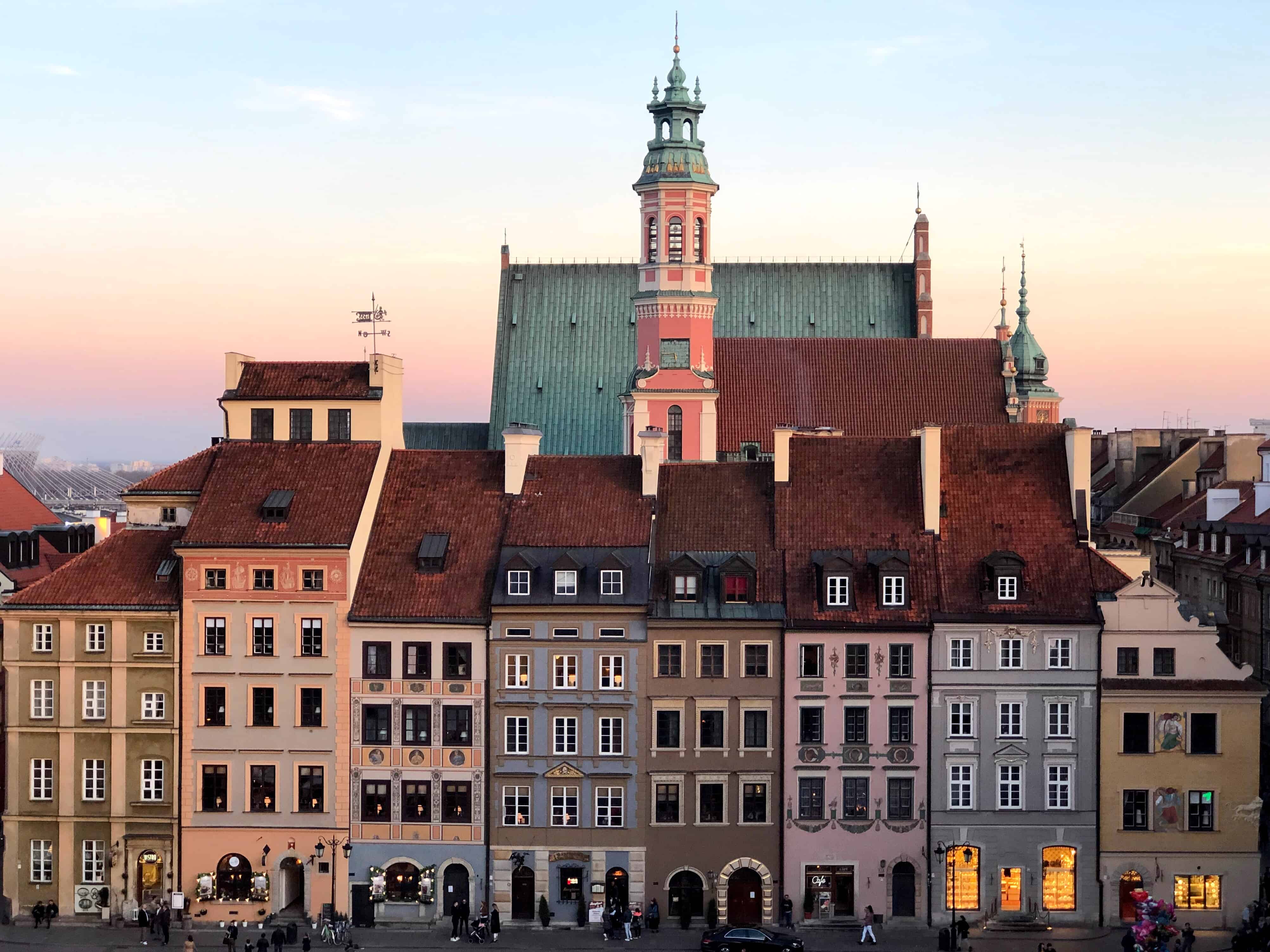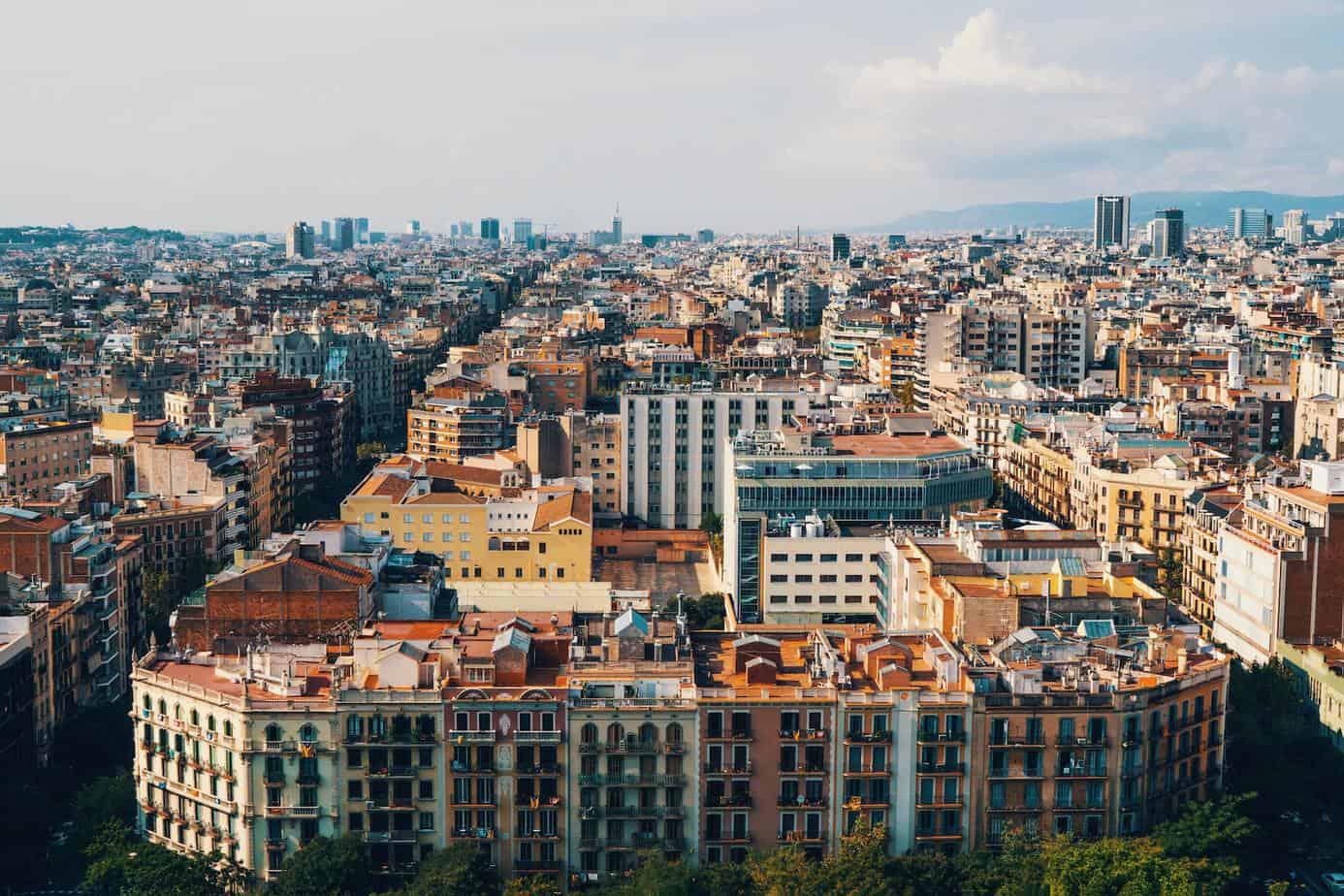Warsaw, Poland apartments for rent
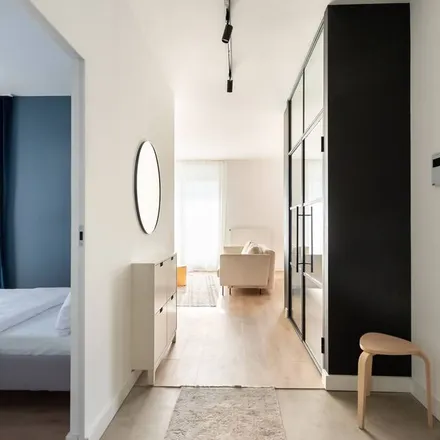
PLN18,493
Available: Right Now
Listed: 25/07/2024
Warsaw, Masovian Voivodeship, Poland
Starting in June, our property launches a summer offer that includes a free welcome package with snacks for Our Guests. This is our small gesture to make your first moments in our apartment more pleasantMokotów Postępu Chic Apartment is located i...
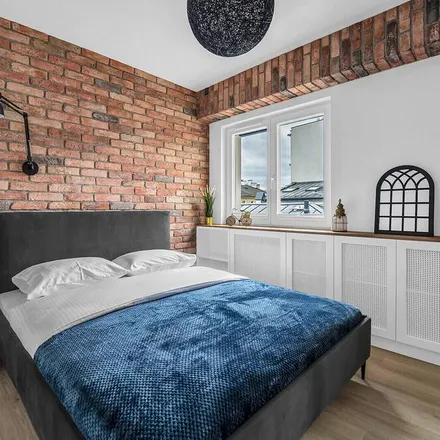
PLN14,988
Available: Right Now
Listed: 25/07/2024
Warsaw, Masovian Voivodeship, Poland
Starting in June, our property launches a summer offer that includes a free welcome package with snacks for Our Guests. This is our small gesture to make your first moments in our apartment more pleasantVistula Loft Blue Apartment is an apartment...
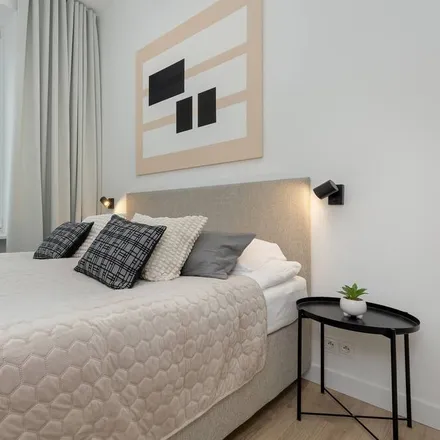
PLN26,833
Available: Right Now
Listed: 25/07/2024
National Library of Poland, Aleja Niepodległości 213, 02-086 Warsaw, Poland
Building and neighborhood description :Modern apartment located on Swietokrzyska Street in the very center of Warsaw - from the windows you can admire the iconic panorama of the capital with the famous Palace of Culture and Science.The...
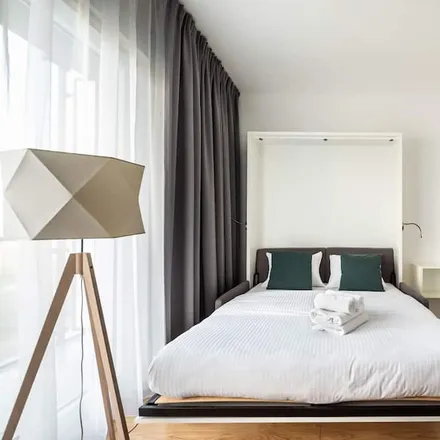
PLN9,790
Available: Right Now
Listed: 25/07/2024
Warsaw, Wołomin County, Poland
Starting in June, our property launches a summer offer that includes a free welcome package with snacks for Our Guests. This is our small gesture to make your first moments in our apartment more pleasant.Varsovia Comfort 614 is located in a luxur...
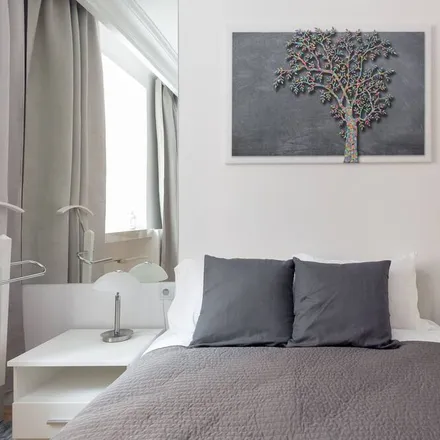
PLN15,955
Available: Right Now
Listed: 25/07/2024
Warsaw, Wołomin County, Poland
!Starting in June, our property launches a summer offer that includes a free welcome package with snacks for Our Guests. This is our small gesture to make your first moments in our apartment more pleasant.Old Town Ruby Apartment Apartment is loca...

PLN1,600
Available: Right Now
Listed: 23/07/2024
Starościńska 10/12, 02-516 Warsaw, Poland
100% Booking Fee Discount WithSUMMER24Code - for reservations from 22 July until 24 September 2024.A single room in a well-maintained spacious apartment, 500 meters away from SGH / Metro Pole Mokotowskie station. Address: Starościńska 10/12. ...

PLN13,054
Available: Right Now
Listed: 25/07/2024
Warsaw, Masovian Voivodeship, Poland
Starting in June, our property launches a summer offer that includes a free welcome package with snacks for Our Guests. This is our small gesture to make your first moments in our apartment more pleasant.Praga Grochowska Modern Apartment is locat...

PLN15,834
Available: Right Now
Listed: 23/07/2024
Warsaw, Masovian Voivodeship, Poland
★ 36m2 | 9th Floor | For 4 Persons★ 2 Rooms: 1 Queen Bed, 1 Sofa Bed★ Top Location★ Balcony★ Car rental agency in the same building★ 50m to the Museum of Wola ★ 210m to the Train Station★ 270m to the Tram Station★ City...
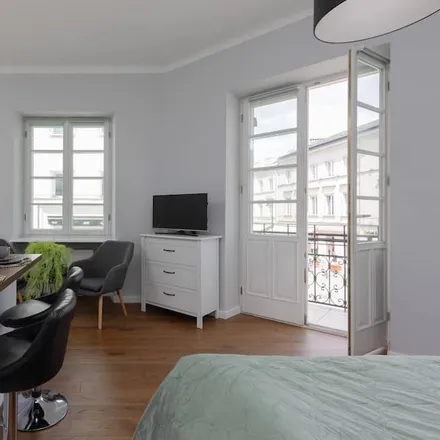
PLN14,021
PLN14,021
Available: Right Now
Listed: 22/07/2024
National Library of Poland, Aleja Niepodległości 213, 02-086 Warsaw, Poland
Building and area description :This beautiful Aparthotel is located at Nowy Świat 29 Street, in the very center of Warsaw. The building itself is a historic building surrounded by many architectural riches, running along the Royal Route. T...
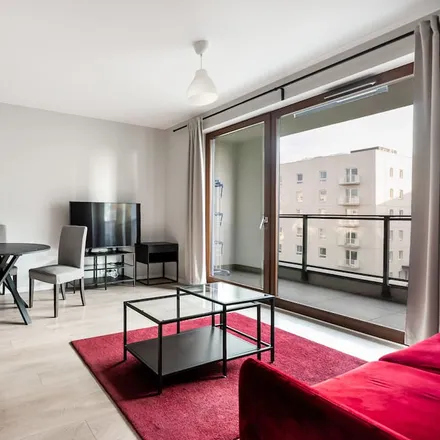
PLN10,999
Available: Right Now
Listed: 25/07/2024
Warsaw, Masovian Voivodeship, Poland
Starting in June, our property launches a summer offer that includes a free welcome package with snacks for Our Guests. This is our small gesture to make your first moments in our apartment more pleasant.Białej Floty Red Apartment is located in o...

PLN16,076
Available: Right Now
Listed: 21/07/2024
National Library of Poland, Aleja Niepodległości 213, 02-086 Warsaw, Poland
Building and area description :This beautiful one-bedroom apartment is located in Mokotów District at Magazynowa Str. on the modern housing estate.The apartment is just 1 km from the metro station!The neighboring area has many amen...

PLN19,822
Available: Right Now
Listed: 25/07/2024
Warsaw, Masovian Voivodeship, Poland
★ Free Underground Parking ★ Located in the center of Bemowo district close to the Metro ★ 62m2 Apartment in 1st floor, for 4 people up to 6 people ★ 2 bedroom, 1 bed, 2 sofas ★ Walking distance to Górczewska Park, Wola Park shopping ...
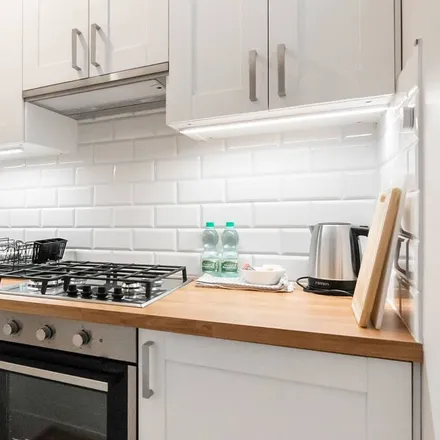
PLN11,483
Available: Right Now
Listed: 25/07/2024
Warsaw, Masovian Voivodeship, Poland
Starting in June, our property launches a summer offer that includes a free welcome package with snacks for Our Guests. This is our small gesture to make your first moments in our apartment more pleasantOchota Standard Apartment is a flat located...
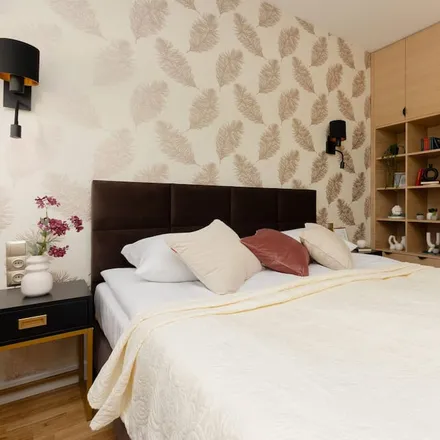
PLN35,898
Available: Right Now
Listed: 25/07/2024
Warsaw, Masovian Voivodeship, Poland
Building and neighborhood description :This stylish premium apartment is located on the 1st floor of the modern Wronia 45 complex in Warsaw's Wola district. The location in the very center of the city makes the apartment an excellent base ...

PLN8,944
Available: Right Now
Listed: 25/07/2024
Warsaw, Masovian Voivodeship, Poland
Luxury apartment, located in the center of Warsaw, next to the underground station “ Dworzec Gdański” in the very modern and brand new building with security. Very close to one of the biggest shopping malls in Europe with a lot of shops, banks, resta...
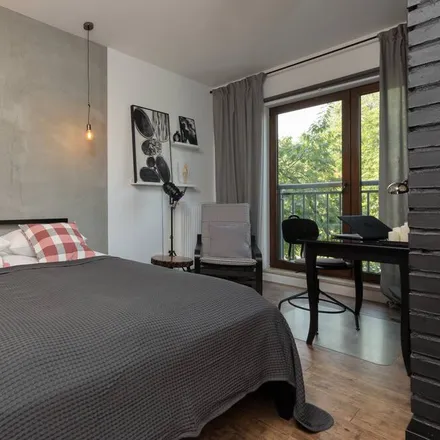
PLN14,988
Available: Right Now
Listed: 22/07/2024
Warsaw, Masovian Voivodeship, Poland
Building and area description :The apartment is located on the 1st floor of a modern residential building on Leszno Street, in a comfortable location in Warsaw's Wola district. The AREA of the apartment is extremely pleasant and quiet, des...
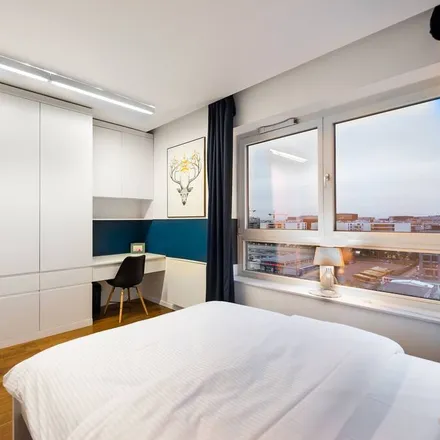
PLN20,548
Available: Right Now
Listed: 25/07/2024
Warsaw, Masovian Voivodeship, Poland
Starting in June, our property launches a summer offer that includes a free welcome package with snacks for Our Guests. This is our small gesture to make your first moments in our apartment more pleasantQbik Artistic Cityscape Apartment is locate...

PLN17,284
Available: Right Now
Listed: 25/07/2024
National Library of Poland, Aleja Niepodległości 213, 02-086 Warsaw, Poland
Description of the building and area :This spacious apartment is located in Warsaw's Mokotów district, at Batuty Street, away from the hustle and bustle of the city, which guarantees a peaceful stay. At the same time, it is very easy to ge...

PLN9,790
Available: Right Now
Listed: 19/07/2024
Midtown, Warsaw, Masovian Voivodeship, Poland
A two-room apartment located on the second floor of a tenement house in the heart of the Old Town. The apartment is located at 12 Miodowa St., from where there is an excellent access to the center, Wilanów and two metro stations.The large room is...

PLN10,636
Available: Right Now
Listed: 22/07/2024
Warsaw, Masovian Voivodeship, Poland
We invite you to our comfortable apartment designed for 3 guests. It has comfortable beds - single and double, equipped with professional hotel bedding and towels.Guests have at their disposal a desk, Smart TV, free Internet access and a comforta...
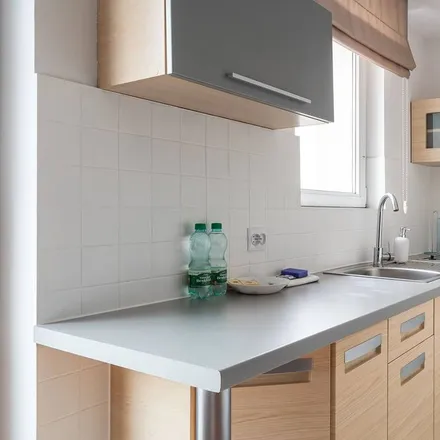
PLN12,812
Available: Right Now
Listed: 25/07/2024
Warsaw, Masovian Voivodeship, Poland
Starting in June, our property launches a summer offer that includes a free welcome package with snacks for Our Guests. This is our small gesture to make your first moments in our apartment more pleasant.Sienna Central Warsaw Apartment is an apar...
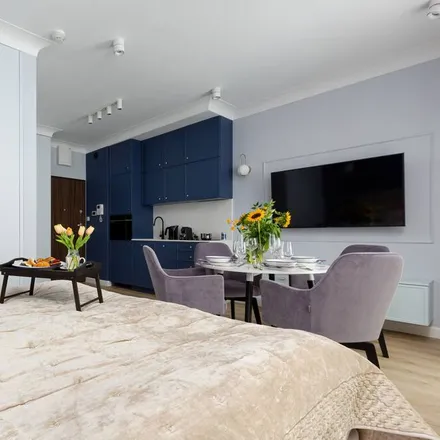
PLN16,317
Available: Right Now
Listed: 22/07/2024
01-025, Poland
Building and area description :A studio apartment located in the "Studio Centrum Pawia 51" investment, combining the charm of a modern city with a historic, quiet part of the capital. Pawia Street located in a developed, centrally located ...
Apartments for Rent in Warsaw
Warsaw is loved by many foreigners and expats worldwide searching for something different from good old Western Europe. It is comfortable and accommodating and offers a variety of rentals for each and every one. Apartments are the most common type of rental available in various sizes, from small studios to luxurious penthouses. You can find them in all neighborhoods, from modern Wola to the city’s heart Srodmiescie to residential Praga-Poludnie. Houses are also available for rent in Warsaw, typically in the suburbs and in some areas, such as Saska Kepa or Zoliborz. Finally, if you are looking for a more affordable rental option, you can find a room in a shared flat or a student dormitory anywhere around the city.
What is the Average Rent for Warsaw, Poland Apartments?
The average rent for apartment in Warsaw, Poland: PLN 5,472
(+7.2%)
| Month | Median Price |
|---|---|
| Jun 2024 |
PLN 4,574
|
| May 2024 |
PLN 4,811
|
| Apr 2024 |
PLN 7,769
|
| Mar 2024 |
PLN 4,620
|
| Feb 2024 |
PLN 4,620
|
| Jan 2024 |
PLN 4,620
|
| Month | Median Price |
|---|---|
| Jun 2024 |
PLN 5,472
|
| May 2024 |
PLN 5,104
|
| Apr 2024 |
PLN 6,368
|
| Mar 2024 |
PLN 5,139
|
| Feb 2024 |
PLN 5,139
|
| Jan 2024 |
PLN 5,139
|
Be informed and make custom offers based on median rent prices. However, keep in mind that the price may vary depending on the size and amenities of the apartments for rent.
Renter's FAQ About Warsaw, Poland
-
How much is the rent in Warsaw?
On average, the monthly rent for a one-bedroom apartment in the center of Warsaw is around 3,000 to 3,500 PLN, while outside the city center, it ranges from 2,500 to 3,000 PLN. These prices are approximate and can be higher or lower based on the apartment itself, specific circumstances, and market conditions. You can always check the most recent rental price statistics on our platform to know what exactly the situation on the Warsaw rental market looks like.
-
How to find a flat for rent in Warsaw?
To find a flat for rent in Warsaw, you can utilize various methods: real estate agents and classified ads are some of the common resources. However, they all have flaws and do not utilize the newest technology. That’s why we recommend searching for your new rental home on Rentberry; we have listings in all neighborhoods and offer flats in various price ranges and any amenities you can think of, all backed with user-friendly features and sleek design.
-
What is the best area to live and rent in Warsaw?
The best area to rent in Warsaw depends on individual preferences and needs. However, some popular and highly regarded neighborhoods in Warsaw include Srodmiescie (city center), Mokotow, and Zoliborz. These areas offer a mix of convenient amenities, good transportation connections, green spaces, and various housing options. However, be prepared that apartments in these neighborhoods may come with a hefty price tag.
-
What is the average size of apartments available for rent in Warsaw?
The average size of apartments available for rent in Warsaw can vary. Typically, one-bedroom apartments in Warsaw are around 40 to 60 square meters on average. Two-bedroom apartments usually range from 60 to 80 square meters, while larger apartments with three or more bedrooms can be over 100 square meters. Overall, the sizes of rental apartments in Warsaw correspond with the sizes of rentals in other large cities across Europe.
-
How competitive is the rental market in Warsaw?
The rental market in Warsaw is generally competitive, especially in popular areas and for desirable properties. With a growing population and increasing demand for housing, finding a suitable rental property in this city can sometimes be challenging, and the rental prices steadily increase over the years, especially in sought-after boroughs. Luckily, Rentberry offers thousands of apartments for rent in Warsaw, so with a little bit of determination, you can find your new home here in no time.
Learn More About Renting in Warsaw, Poland
What to Know About Renting in Warsaw?
Whether you are a student, a young professional, or have a large family, you can find a suitable property in this city to meet your needs and budget. If you're planning to rent a place in Warsaw, here are some things you should know: 1. Cost of living: Regardless of all the opportunities this city offers to its visitors and residents, the real estate prices and the cost of living are significantly lower than in many other European capitals. However, like in most cities, your expenses will depend on your lifestyle and preferences. 2. Types of properties: There is a wide variety of properties available for rent in Warsaw, most of which come furnished, so you don’t have to worry about additional expenses related to that. The most popular rentals in Warsaw include apartments, houses, and rooms in shared flats. 3. Neighborhoods: Warsaw is divided into districts, each with its own distinct character. Some of the most popular neighborhoods for renters include Srodmiescie, the city center; Mokotow, a residential area with lots of green spaces; and Praga, a former working-class district that's now known for its trendy cafes and art galleries. 4. Transportation: Warsaw has a well-developed public transportation system, including buses, trams, and a metro. Renters can purchase a variety of transportation passes, including monthly and yearly passes, to make getting around the city more affordable. The city also has a bike-sharing system called Veturilo, which can be a great way to get around during the warmer months. 5. Utilities: In addition to rent, tenants in Warsaw are responsible for paying for utilities such as electricity, gas, water, and internet (you’d usually have to install it yourself). Make sure you factor these costs into your budget when considering a rental property.

Business and Employment
If you're going to rent in Warsaw, you're likely interested in the local business and employment scene. Warsaw is becoming a large tech hub with numerous startups and established companies, making it an ideal place for anyone interested in working in the tech sector. However, the business scene in Warsaw is not limited to just tech. Other industries with a strong presence in the city include finance, tourism, and manufacturing. The city has a large pool of talented professionals, and many multinational companies have established their regional headquarters in the city. This has created a highly competitive job market but also one with plenty of opportunities for those with the right skills and experience. Overall, if you're a renter in Warsaw, you're in a great position to take advantage of the city's thriving business and employment scene.

Demographics
Warsaw has a population of around 1.8 million people as of 2023. The city is diverse, with a mix of ethnic and religious backgrounds. The largest ethnic groups are Polish, Ukrainian, Belarusian, and Vietnamese, and the most commonly practiced religions are Catholicism and Eastern Orthodoxy. Warsaw is also a popular destination for students, with several universities and a large student population. As a renter, it's important to consider these factors when choosing a neighborhood and understanding the local culture.

Transportation
As a renter in Warsaw, you'll be happy to know that the city has an extensive transportation system that can take you anywhere you need to go. Warsaw's public transportation includes buses, trams, and a metro system that is constantly expanding. They're a great way to explore different neighborhoods and get a feel for the city. If you're looking for an affordable way to get around, consider purchasing a monthly pass, which gives you unlimited rides on all public transportation options. You can also buy single-ride tickets for 20 or 75 minutes or choose among other options, such as a 3-day ticket. If you prefer to travel by bike, Warsaw has a bike share system called Veturilo, which allows you to rent a bicycle for a specified time. There are also bike lanes throughout the city, making it easy and safe to ride around.
Best Neighborhoods to Rent in Warsaw
Wola
Previously an industrial area known for a strong labor movement has now transformed into the typical urban district. Wola is home to multiple business centers and glass skyscrapers, such as Warsaw Spire and the Warsaw Trade Tower, and it’s one of the districts that shape the outlook of modern Warsaw. For a long time, it has been an area filled with industrial facilities, factories, and plain-looking apartment blocks for factory workers, but things are changing rapidly nowadays. Some of the buildings are transformed into modern office centers or housing developments with some of the most luxurious rentals in the city. The neighborhood is relatively affordable, although it depends on the area — those parts closer to the center of the city can be pricier. Nevertheless, Wola has a large selection of rental properties, so you can find a cheap apartment or room for rent with a bit of luck.
Zoliborz
Zoliborz is the smallest neighborhood in Warsaw by area and population, but it is deeply loved by those who rent an apartment or have their own place here. Some families have lived here for three or even four generations, admiring the area’s serene vibe, many hidden cafes and stores, and beautiful old villas. The district is filled with squares, parks, and open spaces, which are regarded as a fine example of urban planning and architecture. There are several star-shaped squares built along the main axis of the district. One of them, Plac Wilsona, is the heart of the district and a large transportation hub.
Srodmiescie
Srodmiescie is the central borough of Warsaw, a local downtown and an official city center. Many people who prefer to live in the heart of the action are drawn to this district — it has streets great for shopping, strolling with your friends, and dancing the night off. This area is home to multiple major governmental and cultural institutions and numerous businesses. Regardless of its central location, Srodmiescie has both vibrant and energetic areas and serene quiet corners. It is also an educational hub with campuses of the renowned University of Warsaw and Warsaw University of Technology. That’s why this borough also attracts many students and has plenty of student dormitories and shared accommodation for rent. However, you should be aware that prices for rentals here are higher than average in Warsaw. The area is rich with landmarks and tourist sights — the oldest historical building, the oldest university, the tallest building in Warsaw, and the narrowest street.
Praga-Polnoc
This borough is part of the historical Old Praga, the city that was incorporated into Warsaw in the 18th century. The Warsaw Zoo and Park Praski occupy a large part of the territory of Praga-Polnoc. This district boasts buildings from the beginning of the 20th century that survived WWII and buildings built after the war in the socialist modernism style. Nowadays, Praga-Polnoc undergoes rapid gentrification — many abandoned dull buildings are transformed into galleries, entertainment facilities, and underground clubs. The district keeps developing and becomes more and more popular among the residents of Warsaw, but here you can still find some cheap apartments for rent.
Praga-Poludnie
This neighborhood consists primarily of low-rise apartment buildings and private houses. The most beautiful area of Praga-Poludnie is Saska Kepa, located right near the Vistula river. It has many offbeat cafes and restaurants and charming villas built in the 1920s and 1930s during the housing boom in Warsaw. Right now, many of these villas are offered for rent and occupied by diplomats, expats, and those residents of the city who seek a tranquil and peaceful vibe and can spend a good amount of money on housing. Despite several plans, the district was not redeveloped and retained much of its original character. Currently, there are several new developments with lavish blocks of apartments, but the authorities are halting new constructions to preserve the original small-town vibe.
